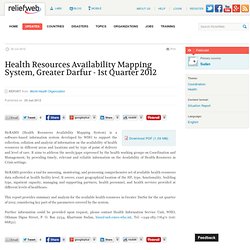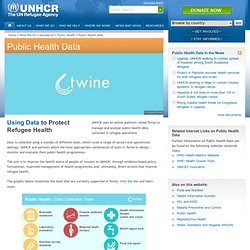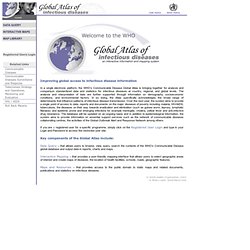

Global Health Cluster tools. Health Resources Availability Mapping System. HeRAMS (Health Resources Availability Mapping System) is a software-based information system developed by WHO to support the collection, collation and analysis of information on the availability of health resources in different areas and locations and by type of point of delivery and level of care.

It aims to address the needs/gaps expressed by the health working groups on Coordination and Management, by providing timely, relevant and reliable information on the Availability of Health Resources in Crisis settings. HeRAMS provides a tool for assessing, monitoring, and processing comprehensive set of available health resources data collected at health facility level.
It covers; exact geographical location of the HF, type, functionality, building type, inpatient capacity, managing and supporting partners, health personnel, and health services provided at different levels of healthcare. Health Information System. UNHCR uses an online platform called Twine to manage and analyse public health data collected in refugee operations.

Data is collected using a number of different tools, which cover a range of sectors and operational settings. UNHCR and partners select the most appropriate combination of tools in Twine to design, monitor and evaluate their public health programmes. The aim is to improve the health status of people of concern to UNHCR, through evidence-based policy formulation, improved management of health programmes and, ultimately, direct actions that improve refugee health. The graphic below illustrates the tools that are currently supported in Twine. Visit the site and learn more. World Health Organization. FluNet. Improving global access to infectious disease information In a single electronic platform, the WHO’s Communicable Disease Global Atlas is bringing together for analysis and comparison standardized data and statistics for infectious diseases at country, regional, and global levels.

The analysis and interpretation of data are further supported through information on demography, socioeconomic conditions, and environmental factors. In so doing, the Atlas specifically acknowledges the broad range of determinants that influence patterns of infectious disease transmission.